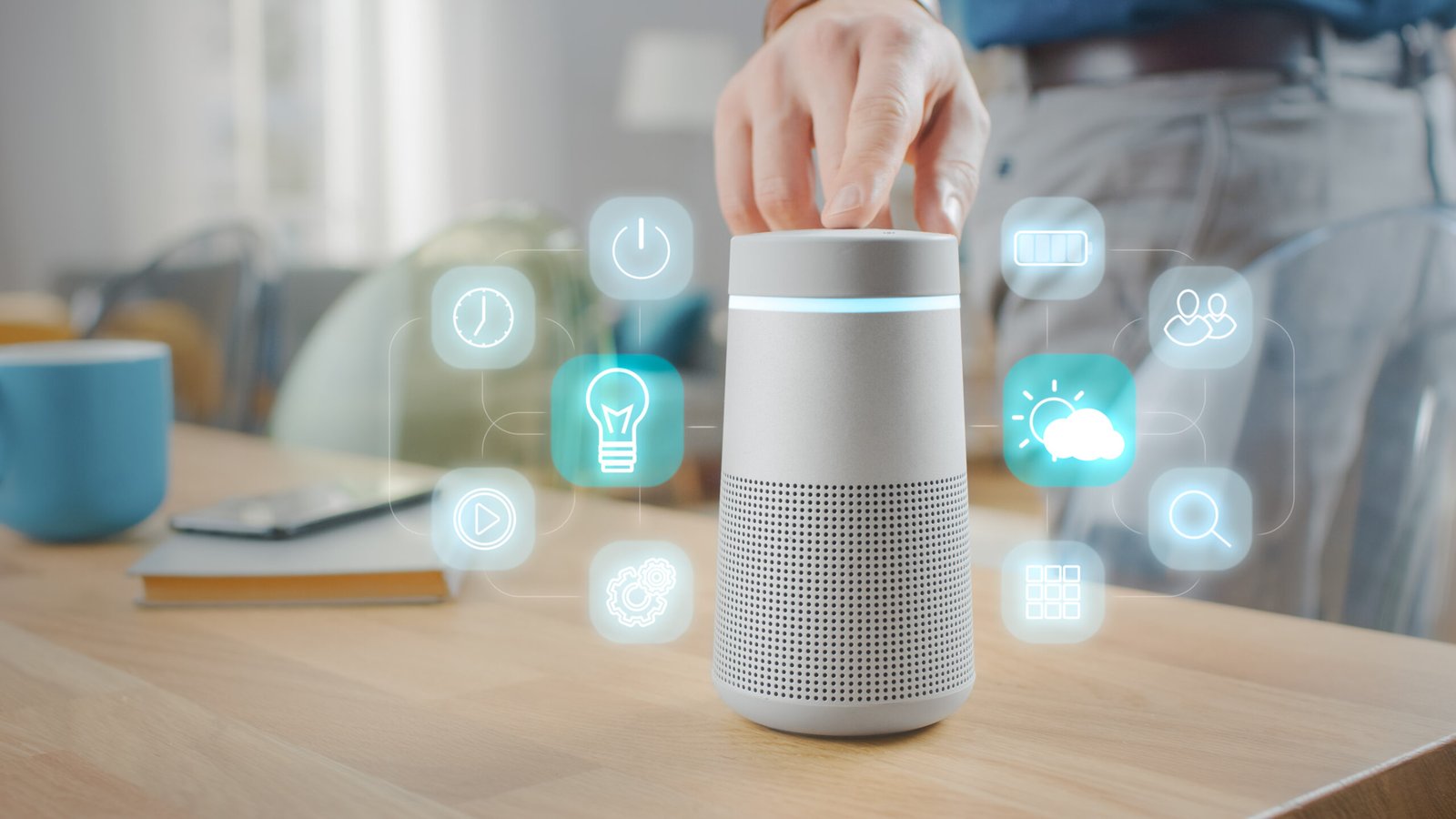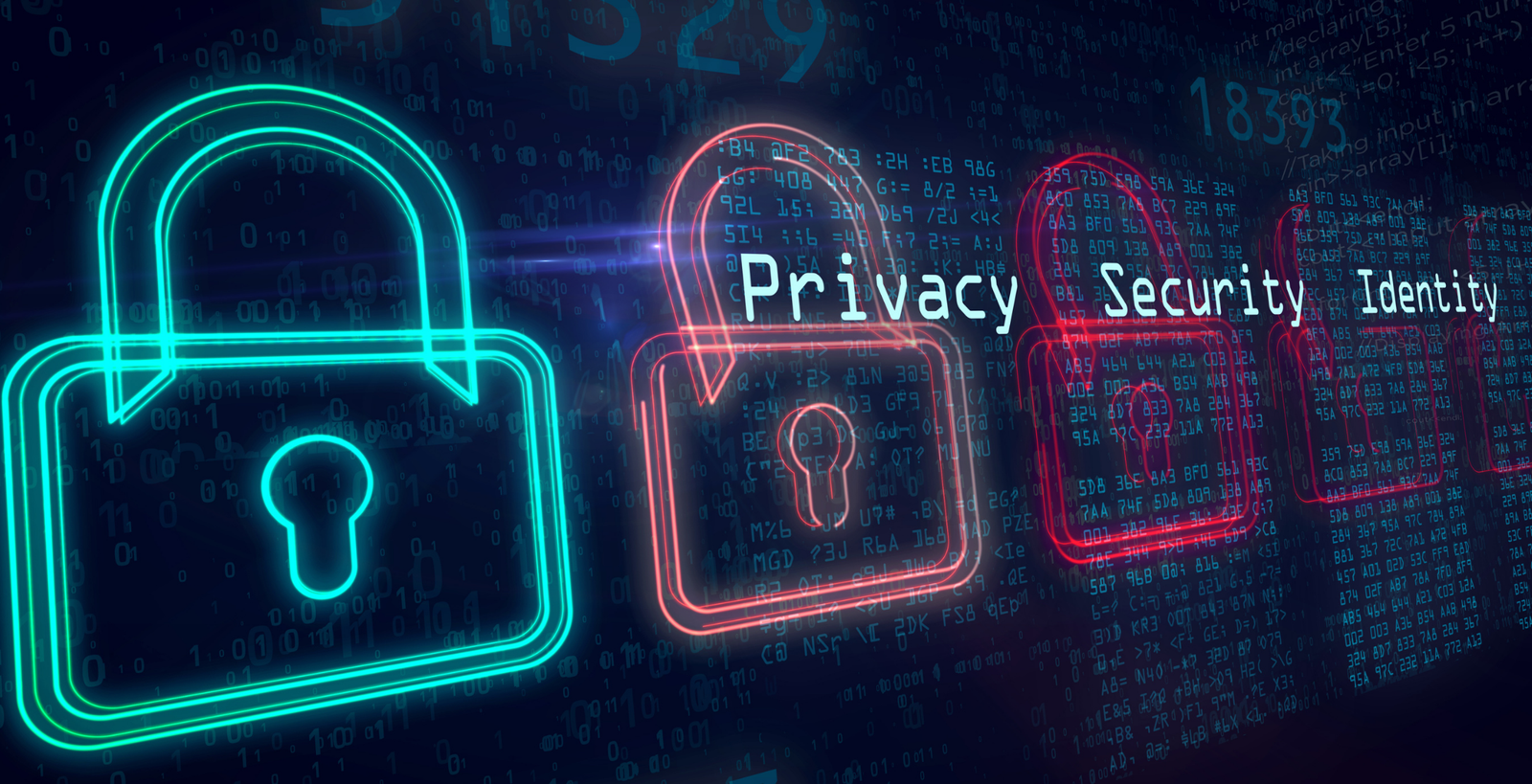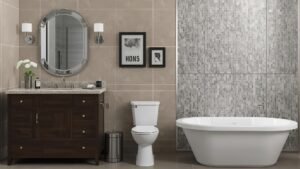Smart home technology has revolutionized how we interact with our living spaces, and finding the best smart home devices can transform your house into an intelligent, efficient, and secure environment. Whether you’re a tech enthusiast or someone looking to simplify daily routines, the right smart home devices can enhance comfort, security, and energy efficiency while providing unprecedented control over your home’s various systems.
The market for smart home devices has exploded in recent years, with countless options available for every room and budget. From voice-controlled assistants to automated lighting systems, these innovative gadgets are designed to make life easier and more enjoyable. In this comprehensive guide, we’ll explore the top smart home devices that are making waves in 2025, helping you make informed decisions about which products deserve a place in your connected home.
What Makes Smart Home Devices Essential in 2025?
Smart home technology has evolved from luxury items to essential components of modern living. The best smart home devices offer seamless integration, energy savings, enhanced security, and unparalleled convenience. These connected devices work together to create an ecosystem that learns your preferences and adapts to your lifestyle.
Today’s smart home devices are more affordable, reliable, and user-friendly than ever before. They connect through Wi-Fi, Bluetooth, or dedicated home automation protocols, allowing you to control everything from your smartphone or voice commands. The integration capabilities mean you can create custom scenarios where multiple devices work together automatically.
Top Smart Home Device Categories
Smart Speakers and Voice Assistants
Voice-controlled smart speakers serve as the central hub for many smart home ecosystems. These devices respond to voice commands, play music, answer questions, and control other connected devices throughout your home. Amazon Echo and Google Nest speakers remain among the most popular choices, offering robust voice recognition and extensive compatibility with third-party devices.
Apple’s HomePod provides excellent audio quality and seamless integration with iOS devices. When choosing a smart speaker, consider factors like sound quality, smart home compatibility, privacy features, and the ecosystem you’re already invested in. Many users find that starting with a smart speaker provides the foundation for expanding their smart home setup.

Smart Lighting Solutions
Smart lighting systems allow you to control the brightness, color, and timing of your home’s lights remotely. These systems can significantly reduce energy consumption while providing a customizable ambiance for any occasion. Philips Hue remains the gold standard for smart lighting, offering extensive color options and easy integration with major smart home platforms.
LIFX bulbs provide vibrant colors and don’t require a separate hub, making them ideal for smaller setups. Smart lighting switches and dimmers offer another approach, allowing you to upgrade existing fixtures without replacing every bulb. Brands like Lutron and TP-Link Kasa provide reliable options that work with standard electrical setups.
Best Smart Home Devices for Security and Safety
Home security remains a top priority for homeowners, and smart security devices provide advanced protection with remote monitoring capabilities.
Smart Security Cameras
Indoor and outdoor security cameras have become essential components of home security systems. Modern smart cameras offer high-definition video, night vision, motion detection, and cloud storage options. Ring cameras provide comprehensive outdoor monitoring with weatherproof designs and integration with Ring’s doorbell ecosystem.
Arlo cameras offer wireless options with long battery life, making them ideal for locations without power outlets. For indoor monitoring, cameras like the Wyze Cam provide affordable options with impressive features, including two-way audio and motion tracking. These devices can send instant alerts to your smartphone when unusual activity is detected.
Smart Doorbells and Entry Systems
Smart doorbells have revolutionized home security by allowing homeowners to see and communicate with visitors remotely. These devices typically include HD cameras, two-way audio, and motion detection capabilities. The Ring Video Doorbell series offers various models ranging from budget-friendly options to premium versions with advanced features.
Nest Hello provides facial recognition technology that can identify familiar faces and send personalized alerts. Smart locks complement doorbell systems by providing keyless entry and remote access control. August Smart Lock and Schlage Encode offer retrofit options that work with existing deadbolts, while Yale and Kwikset provide complete lock replacement systems.
Smart Smoke and Carbon Monoxide Detectors
Traditional smoke detectors are being replaced by smart versions that provide smartphone notifications and detailed information about detected threats. These devices can potentially save lives by alerting homeowners to dangers even when they’re away.
Nest Protect stands out as a comprehensive solution that detects both smoke and carbon monoxide while providing voice alerts and smartphone notifications. First Alert also offers smart detectors that integrate with existing home security systems.
Smart Home Devices for Comfort and Convenience
Smart Thermostats
Smart thermostats optimize heating and cooling systems for maximum efficiency and comfort. These devices learn your schedule and preferences while providing remote control capabilities. The Nest Learning Thermostat automatically adjusts temperature based on your routine and can reduce energy bills by up to 15%. Ecobee thermostats include room sensors that ensure consistent temperatures throughout your home. Honeywell and Emerson offer professional-grade options that work with complex HVAC systems. When selecting a smart thermostat, ensure compatibility with your existing heating and cooling equipment.
Smart Appliances and Kitchen Gadgets
Kitchen technology has advanced significantly, with smart appliances that can be controlled remotely and programmed for optimal performance. Smart refrigerators from Samsung and LG feature touchscreen interfaces, internal cameras, and inventory management systems. These appliances can suggest recipes based on available ingredients and send alerts when items are running low. Smart coffee makers, slow cookers, and air fryers allow you to start cooking remotely, ensuring meals are ready when you arrive home. Brands like Hamilton Beach and Instant Pot offer affordable options with smartphone connectivity.
Smart Entertainment Systems
Home entertainment has been transformed by smart devices that provide seamless streaming and multi-room audio capabilities. Smart TVs from Samsung, LG, and Sony offer built-in streaming apps and voice control. For older TVs, devices like Amazon Fire TV Stick and Roku provide smart functionality at affordable prices. Multi-room audio systems from Sonos and Bose allow you to play synchronized music throughout your home. These systems can be controlled through smartphone apps or voice commands.
Smart Home Devices for Energy Management
Smart Plugs and Switches
Smart plugs and switches provide an affordable way to add smart functionality to existing appliances and lighting. These devices can be scheduled, controlled remotely, and monitored for energy usage. TP-Link Kasa and Amazon Smart Plug offer reliable options with easy setup and smartphone control. Smart switches from Belkin and GE provide permanent installation options for frequently used devices. Energy monitoring features help identify power-hungry appliances and optimize usage patterns. Many smart plugs can track energy consumption and provide detailed reports through companion apps.
Smart Water Management
Water leak detection and smart irrigation systems help prevent damage and conserve water resources. Smart water leak detectors from Flo by Moen and Phyn can shut off the water supply automatically when leaks are detected. These systems can prevent thousands of dollars in water damage. Smart sprinkler controllers like Rachio and Rain Bird adjust watering schedules based on weather conditions and soil moisture levels. These systems can reduce water usage by up to 50% while maintaining healthy landscapes.
Integration and Compatibility Considerations
When building a smart home ecosystem, compatibility between devices is crucial for optimal performance. Most best smart home devices support multiple platforms, but understanding integration options helps ensure smooth operation.
Smart Home Hubs and Platforms
Central hubs like SmartThings, Hubitat, and Wink provide unified control for devices from different manufacturers. These platforms offer advanced automation capabilities and local processing for improved reliability. Amazon Alexa, Google Assistant, and Apple HomeKit serve as software platforms that connect compatible devices. Each platform has strengths and limitations, so choose based on your existing ecosystem and preferences.
Setting Up Your Smart Home Network
A robust Wi-Fi network is essential for smart home devices to function properly. Consider upgrading to a mesh network system like Eero or Google Nest Wifi for comprehensive coverage. Separate your smart home devices on a dedicated network segment for improved security and performance. Many routers offer guest network features that can be repurposed for IoT devices.
For More: Luxury Interior Design Home Decor Trends & Ideas 2025
Budget-Friendly Smart Home Starter Options
Starting your smart home journey doesn’t require a significant investment. Many best smart home devices offer excellent value and can be expanded over time.
Essential Starter Devices
Begin with versatile devices that provide immediate value: a smart speaker for voice control, smart bulbs for lighting control, and a smart plug for appliance automation. These three categories provide a foundation for future expansion. Budget-friendly options include Amazon Echo Dot, Wyze bulbs, and TP-Link Kasa smart plugs. These devices offer most features found in premium alternatives at a fraction of the cost.
Gradual Expansion Strategy
Add devices gradually based on your needs and budget. Focus on areas where automation provides the most benefit, such as security, lighting, or climate control. Consider seasonal purchases during sales events like Black Friday and Prime Day, when smart home devices are heavily discounted. Many manufacturers offer bundle deals that provide better value than individual purchases.
Advanced Smart Home Automation Ideas
Once you have basic smart home devices installed, advanced automation scenarios can significantly enhance your daily routine.
Custom Automation Scenarios
Create “scenes” that control multiple devices simultaneously. For example, a “Good Morning” scene might gradually brighten lights, start the coffee maker, and adjust the thermostat. Geofencing automation can trigger actions based on your location. Lights can turn on automatically when you arrive home, and the security system can arm itself when you leave.
Voice Control Optimization
Set up custom voice commands for complex scenarios. Instead of controlling devices individually, create phrases that execute multiple actions simultaneously. Optimize wake word sensitivity to prevent accidental activation while ensuring a reliable response to legitimate commands. Most smart speakers allow adjustment of sensitivity settings.
Privacy and Security Best Practices
Smart home devices collect significant amounts of data, making privacy and security considerations essential.

Network Security Measures
Use strong, unique passwords for all smart home devices and regularly update firmware. Enable two-factor authentication where available to add an extra layer of security. Regularly review device permissions and data sharing settings. Many devices collect more information than is necessary for basic functionality.
Data Privacy Considerations
Understand what data your devices collect and how it’s used. Review privacy policies and opt out of data sharing programs when possible. Consider local processing options for sensitive devices like security cameras. Some systems can operate without cloud connectivity, keeping data within your home network.
Future Trends in Smart Home Technology
The smart home industry continues evolving rapidly, with new technologies emerging regularly.
Emerging Technologies
Artificial intelligence and machine learning are making smart homes more intuitive and predictive. Future devices will better understand user preferences and automate routine tasks without explicit programming. Matter (formerly Project CHIP) aims to create universal compatibility standards for smart home devices. This initiative from major tech companies promises to simplify device selection and improve interoperability.
Sustainability Focus
Energy efficiency and environmental impact are becoming increasingly important factors in smart home device development. Future products will prioritize sustainability without compromising functionality. Smart home systems will play larger roles in renewable energy management, helping homeowners optimize solar panel usage and electric vehicle charging.
Conclusion
The best smart home devices of 2025 offer unprecedented control, convenience, and efficiency for modern homeowners. From security cameras and smart thermostats to voice assistants and automated lighting, these technologies can transform your living space into an intelligent, responsive environment. Success with smart home automation comes from starting with essential devices and gradually expanding based on your needs and preferences.
Focus on compatibility, security, and practical benefits rather than collecting gadgets for their own sake. Ready to transform your home with the best smart home devices? Start with a smart speaker and a few compatible devices, then expand your system over time. The investment in smart home technology pays dividends in convenience, security, and energy efficiency that will enhance your daily life for years to come.
FAQs
Q: What are the most essential smart home devices for beginners?
A: Start with a smart speaker (Amazon Echo or Google Nest), smart bulbs for lighting control, and a smart thermostat. These provide immediate benefits and serve as foundations for expansion.
Q: How much should I budget for smart home devices?
A: Basic starter packages cost $200-500, while comprehensive systems can range from $1,000-5,000. Start small and expand gradually based on your needs and budget.
Q: Are smart home devices secure and private?
A: Security varies by manufacturer and device type. Choose reputable brands, use strong passwords, keep firmware updated, and review privacy settings regularly to maintain security.
Q: Can smart home devices work without the internet?
A: Some devices require internet connectivity, while others can operate locally. Look for devices with local processing capabilities if internet independence is important to you.
Q: How do I choose between different smart home platforms?
A: Consider your existing ecosystem (iOS/Android), preferred voice assistant, and specific device requirements. Amazon Alexa offers the widest compatibility, while Apple HomeKit provides enhanced privacy features.








